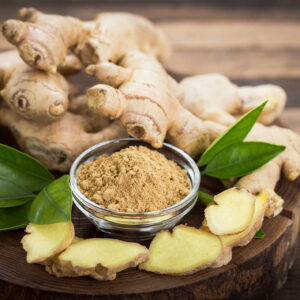
01
10 junk foods that are quite healthy
Food cravings develop naturally over time. You try to eat as healthy as possible, but more often, junk food becomes a dominant part of daily consumption. But eating junk food frequently increases the risk of known health complications. One of the main reasons is that junk food is readily available, cheaper than healthier alternatives, and is tasty to eat. So here are 10 guilt-free, moderately beneficial junk foods and quick eats that one can enjoy. Popcorn Corn kernels are the go-to snack for movie nights and binge-watch series sessions. And the best part is that you can have a tub full of popcorn and not worry about significant health issues. Popcorn is one of the best whole grain sources of nutrition that is easily digested. Of course, you’ll have to limit the amount of butter, cheese, and caramel toppings as these additives contain unhealthy fats. Pretzels This is one of the most preferred salty junk foods to have occasionally without worrying about calories and carbs. Though pretzels don’t add any nutritional value, this snack, consumed in moderation, helps curb those hunger pangs. Nachos Nachos topped with cheese and a ton of red chili salsa is considered unhealthy junk food. But it is absolutely fine to eat plain salted nachos in moderation with some homemade salsa that is low in sodium and contains no additives. It is even better if these nachos are baked instead of deep fried to up the healthy factor. Potato chips Store-bought potato chips are not the best option here to eat. But homemade potato chips that contain no additives or preservatives are okay to have occasionally. As long as fried foods don’t contain MSG, a common additive that gives processed foods flavor, you’ll be fine. Beef jerky Red meats are considered unhealthy, especially when broiled, deep fried, smoked, or barbequed.
Read More 










